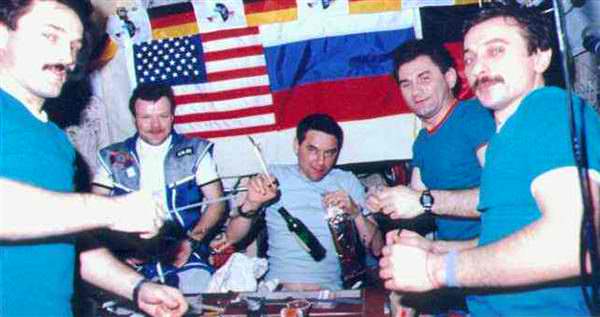[/caption]
Some new research may make NASA reconsider its "no alcohol in space" policy. A new study suggests that the "healthy" ingredient in red wine, resveratrol, may prevent the negative effects that weightlessness has on muscle and bone metabolism. This also could apply to people who live sedentary lifestyles.
The study had rats in the simulated the weightlessness of spaceflight, and the group that was fed resveratrol did not develop loss of bone mineral density or develop insulin resistance, as did those who were not fed resveratrol.
Weightlessness was simulated by hindlimb tail suspension, a common technique used to study weightlessness physiology. The control group that was not given resveratrol showed a decrease in soleus muscle mass and strength, the development of insulin resistance, and a loss of bone mineral density. The group receiving resveratrol showed none of these complications.
"There are overwhelming data showing that the human body needs physical activity, but for some of us, getting that activity isn't easy," said Gerald Weissmann, M.D., Editor-in-Chief of the journal Federation of the American Societies for Experimental Biology (FASEB). "A low gravity environment makes it nearly impossible for astronauts. For the earthbound, barriers to physical activity are equally challenging, whether they be disease, injury, or a desk job. Resveratrol may not be a substitute for exercise, but it could slow deterioration until someone can get moving again."
Of course, resveratrol can be taken in supplement form, but why spoil the fun? It is well known that Russian cosmonauts have imbibed in space, although probably not on the International Space Station. Alexander Lazutkin, who served aboard the Mir space station has said that Russian doctors recommended alcohol for "neutralizing the harmful effect of the atmosphere," to keep cosmonauts "in tone" and to neutralize tension.
Weissmann added that red wine could become the "toast of the Milky Way."
The study was published in the
FASEB Journal
Sources:
EurekAlert
,
Cosmic Log
 Universe Today
Universe Today
